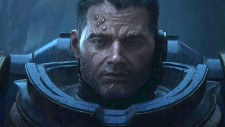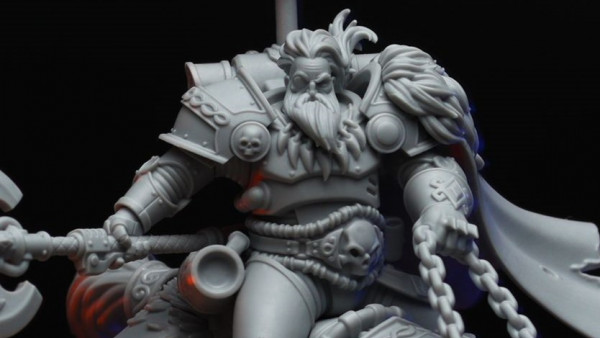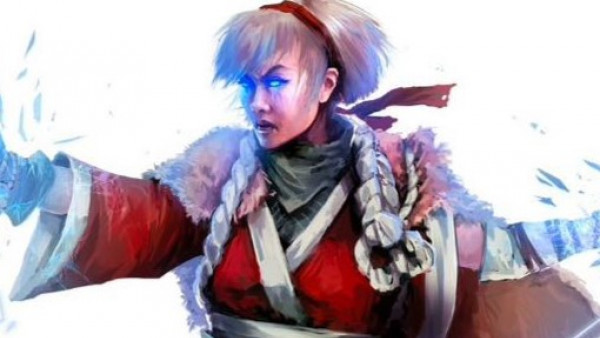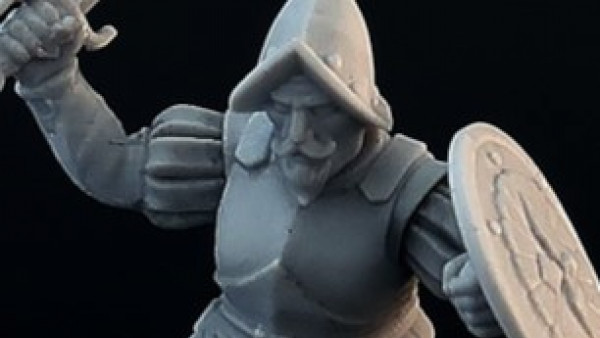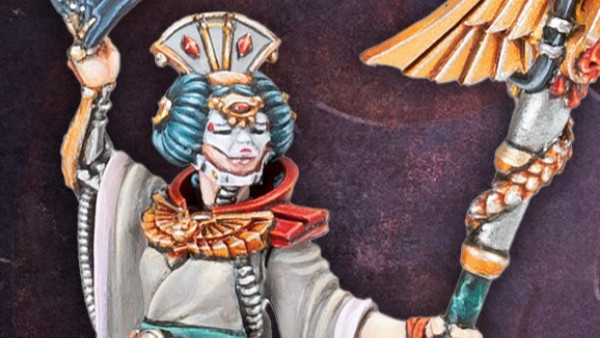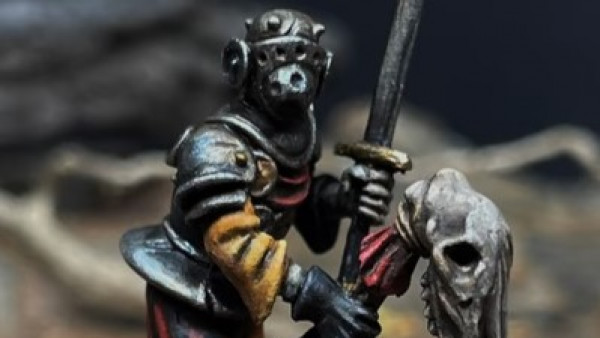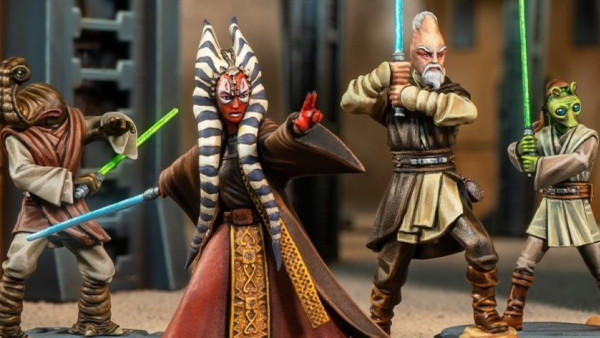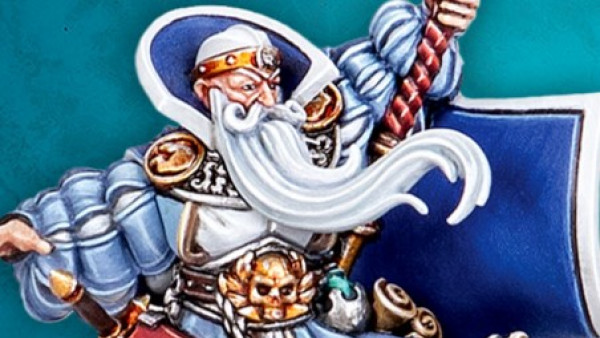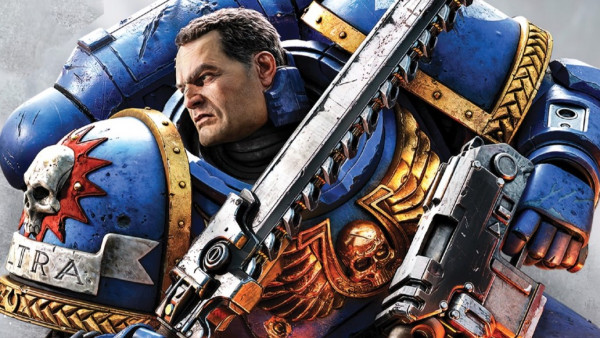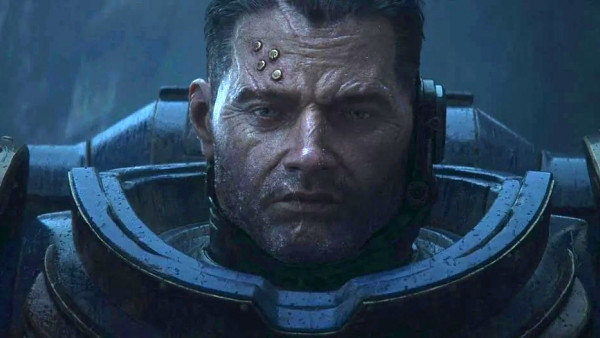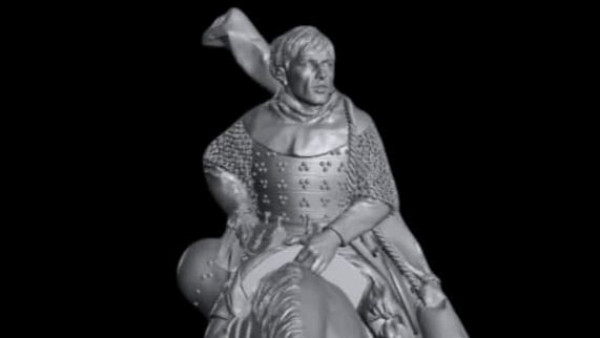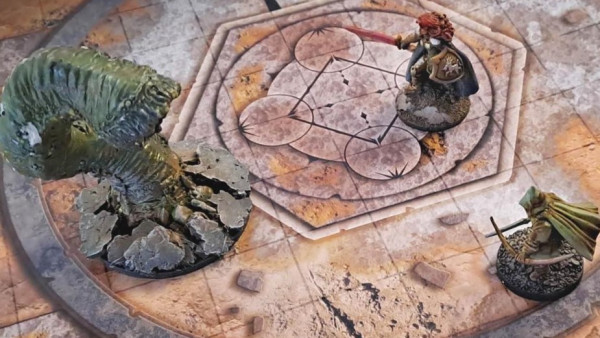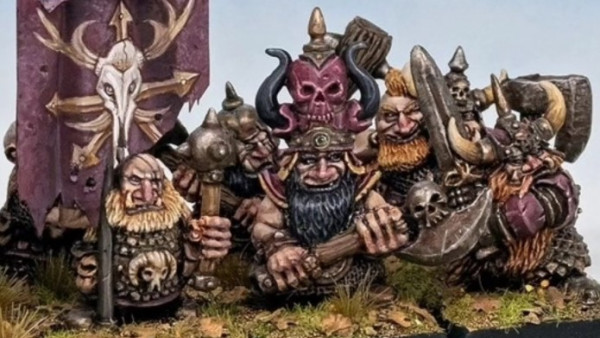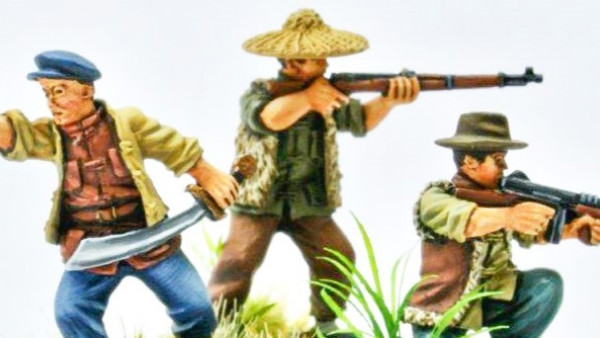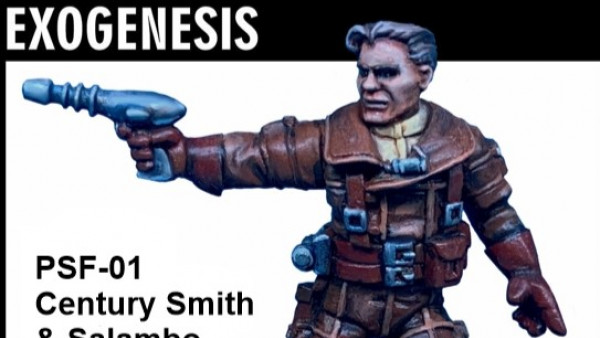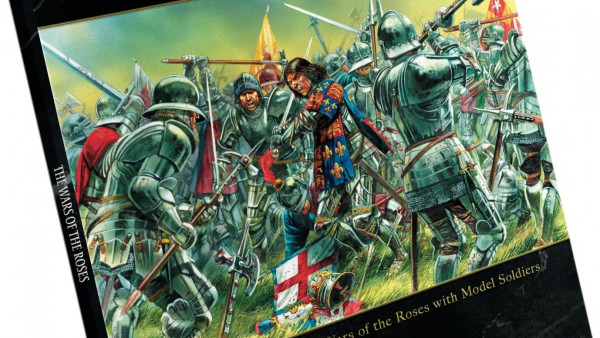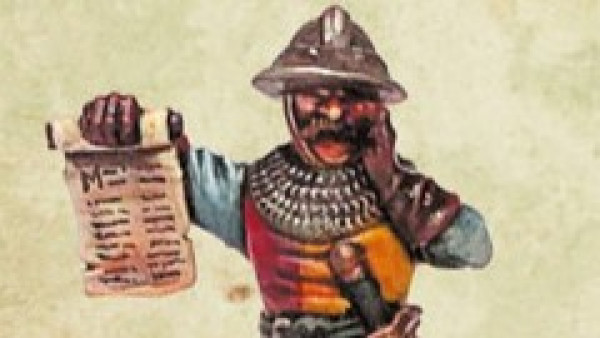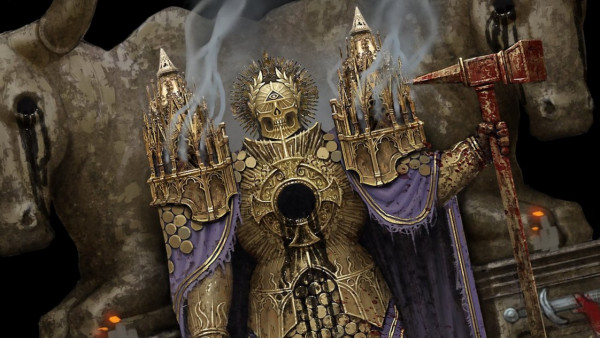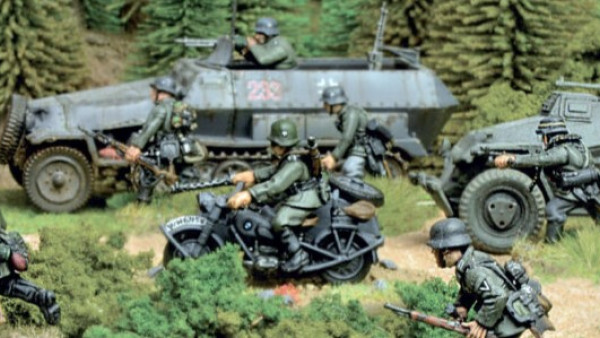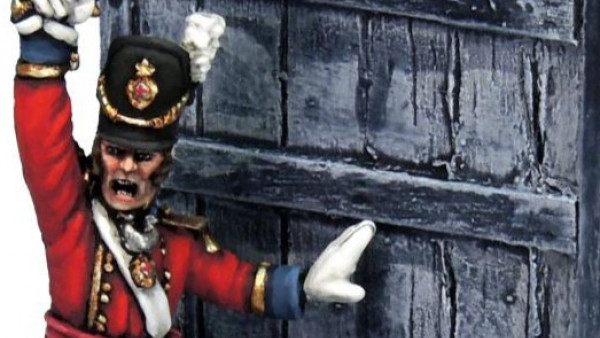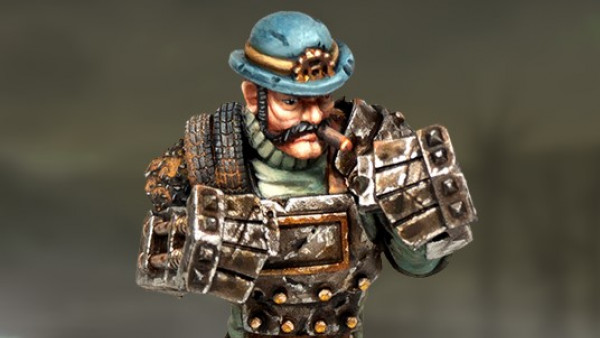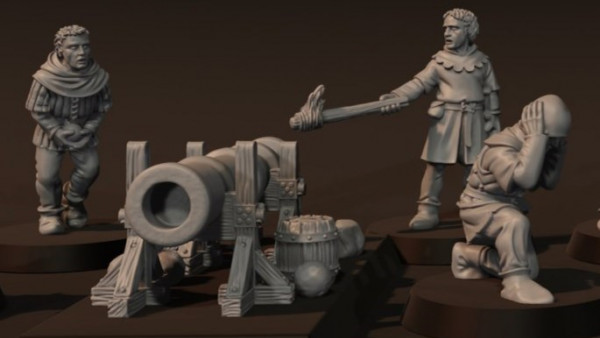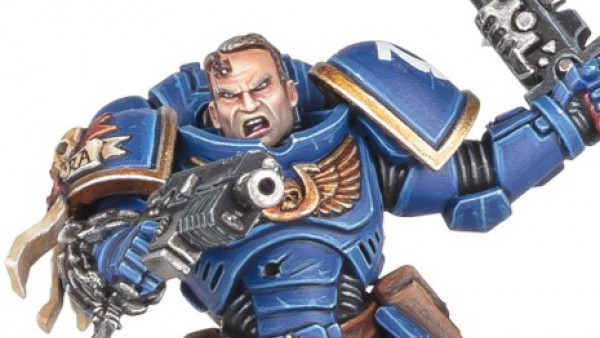Home › Forums › Painting in Tabletop Gaming › The problem with painting tutorials
Tagged: Painting advice
This topic contains 22 replies, has 15 voices, and was last updated by ![]() angelicdespot 5 years, 11 months ago.
angelicdespot 5 years, 11 months ago.
-
AuthorPosts
-
December 24, 2018 at 1:29 am #1317123
I’m a member of a lot of hobby groups on facebook and there is constant questions around what paints to use what colour to highlight, how to paint x etc.
I find a lot of painters believe that by simply having the right colours, they will become fantastic painters. Heck most tutorials are around the lines of “basecoat with this colour then highlight with this colour then wash with this colour etc”
The biggest most important thing when painting miniatures is light. Where is the light coming from and hence where are the shadows and where are the highlights. Where are thr bright highlights and where are the deep shadows.
Where are all the tutorials on light placement? Where is the feedback on incorrect light placement.
I feel the number 1 thing a painter should concentrate on which will make them a better painter is an understanding of light.
Forget what exact shade of red someone else used, forget 2 brush blending, forget loaded brush, forget ultrasmooth blends. Get your light placements right and then work on the other stuff.
Ok rant over.
December 24, 2018 at 8:58 am #1317142interesting
I’m working on the content direction for next year
have you other things you would like to see?
December 24, 2018 at 9:28 am #1317151Couldn’t agree more, that and forget about highlights etc until you can base coat neatly (basically paint within the lines) and you are 98% there!
@warzan maybe a year long painting journey following a team member with say a segment on hobby hangout and a monthly progress report article with some tutorship from John and special guests when they in the studio…
December 24, 2018 at 10:08 am #1317167I found this interesting. Its basicslly pro painters all giving conflicting advice on how to be come a better painter
The general theme is find what works for you not what works for others
December 24, 2018 at 10:09 am #1317169Always allow yourself to make mistakes and have a few (many…) failures. Don’t beat yourself up.
Don’t loose hope with part painted figures, they all look bad until you get to the final stages.
Be realistic in what you want to achieve, tabletop standard is plenty for most figures unless you are going for competitions or a character figure.
December 24, 2018 at 1:16 pm #1317195I agree, lighting is so important for not only painting but also for taking a good photo of your hard work.
But what I will say about these videos is that they all assume you know how the colour palette works. I never studied art at school and so people like me really struggle with the basic understanding of colour.
I think Beasts of War could start a proper beginners guide to painting, which can include all aspects for the beginner/ veteran could learn from. This I think could work very well from John and they excellent painters I have seen on these forums.
@warzan is this a possibility for 2019?
December 24, 2018 at 1:37 pm #1317196@chaingun, understanding of colour is extremely overrated. There is a million models on the internet to copy from. Just find one you like and copy that.
In terms of content. The problem with painting videos as stated is there is hundreds on the internet, pretty much doing what I mentioned. I do like the idea of a good painter taking a completely novice painter and walking them through how to paint a miniature to a high standard. That seems interesting to me.
December 24, 2018 at 1:50 pm #1317204In think what any artist be it a miniature figure painter or traditional artist will say that an understanding of the basics of colour theory can be quite important in understanding what colours go well with each other which colours contrast against each other etc
December 24, 2018 at 2:25 pm #1317205Most useful bit of color theory is using green as the shadow colour on red other than that it’s not massively useful for what I frequently. Paint, that said the 3cu color theory series is one of the best out there though
December 25, 2018 at 11:23 am #1317300IMO, Light’s an intermediate technique. At newbie level, you just want the d*mn thing not to look like a train wreck. (: A definite exception is the reflection in metal.
Also, while color theory *is* important, I don’t need it much of the time. What color is wood? Brown. What color is a sword? Metal. What color is gold? Gold. (: When you get to arbitrary color schemes, such as clothing, it’s important, but newbie advice I’ve read often recommends at most three dominant colors on a miniature since they’re so, wait for it, *small*.
I think it’s *contrast* that new painters need to know. In tutorials I’ve read, exaggerating features is often mentioned. Placing a light color on the edges of a miniature is a common way to add contrast, yet I think this technique isn’t the same as light.
> Its basicslly pro painters all giving conflicting advice on how to be come a better painter
Sorta like this thread! 😀
That being said, I’m not against tutorials emphasizing light placement. OSL tutorials particularly discuss them, and some metal reflection tutorials explain that understanding how light reflects on metals can be applied to non-metallic surfaces as well.
December 25, 2018 at 12:20 pm #1317310I can see where light and where it comes from being important for dioramas and busts etc. But is it really that important on the tabletop where the figures are viewed from above and games played in all sorts of lighting conditions where it isn’t really going to be noticed
December 26, 2018 at 7:03 am #1317372Every tutorial states, basecoat with this colour then highlight with this colour and shade with this colour.
What I’m suggesting is tutorials on where highlights should be, where shadows should be. We always talk about more contrast but again, where should you put deep shadows and where should you put high highlights. Why do you put hings the way they are.
OSL and second and third light sources with reflections is another step up but I’m talking just the nexy step after basecoat, drybrush and wash.
December 26, 2018 at 10:14 am #1317427@yogiebear one of the best examples of what you describe is the 3cu where romain paints batman…
December 26, 2018 at 11:05 am #1317436After painting figures for nearly 30 years, the biggest thing I can say is that there is no right or wrong way to paint. Like in most forms or art there are many different styles all as equally valid. Being comfortable is my most important piece of advice.
Find the paint you like to work with, find the brushes you like to use and the techniques you like.
I personally use Vallejo’s air paints on a wet pallet with a brush. I have a magnifying glass and a really good light, but that is so I can actually see what I am doing rather than anything about getting OSL or the right colour shade.
January 1, 2019 at 12:04 pm #1318932I absolutely agree with you. I never liked the fact that a lot of tutorials try to handle painting like a cooking recipe with specific ingredients, but don’t put enough focus on what you are supposed to do with those ingredients.
Come to think of it, the only one cookbook I regularly use and that has been most helpful to me does exactly that. Focus on the steps of food preparation as well as provide a list of ingredients and explain how and why those steps are performed. That eventually enables the readers to modify and vary the ingredients because the process becomes very clear.
That being said good tutorials on basics like putting down a clean basecoat and how to figure out where to place the highlights could be a valuable resource for beginners and intermediate painters alike.
-
AuthorPosts
You must be logged in to reply to this topic.

































![How To Paint Moonstone’s Nanny | Goblin King Games [7 Days Early Access]](https://images.beastsofwar.com/2024/12/3CU-Gobin-King-Games-Moonstone-Shades-Nanny-coverimage-225-127.jpg)


